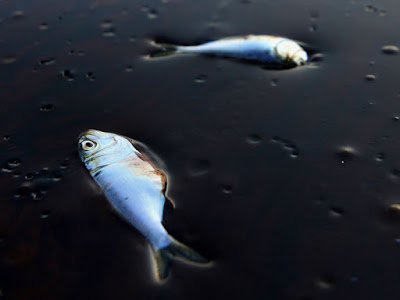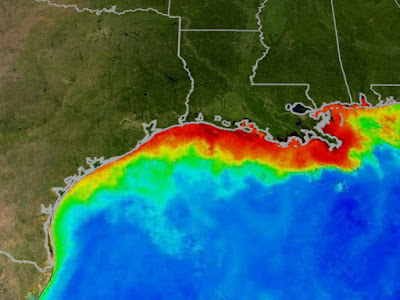Bio means life and diversity mean variation biodiversity collectively refers to the variation of life. Biologically biodiversity refers to variation and divergence of living organisms in earth and ecosystem. Biodiversity describes the genetic variation of species in an ecosystem. It also tends to explain variation in ecosystem along with the divergence of species in a specific area, biome or planet , it is clear by the ecological researchers that there are nearly 14 million species in the word out of which only 1.2 million species have been discovered and half of the species have become extinct before getting discovered.
Ecosystems comprising rich biodiversity have many species of plants and animals that keep the system self-sustained and balanced. However, with the increase in human population and industrial evolution, the non-human species and plants species are seen under the threat of extinction. A major report, the Millennium Ecosystem Assessment, released in March 2005 highlighted a substantial and largely irreversible loss in the diversity of life on Earth, with some 10-30% of the mammal, bird and amphibian species threatened with extinction, due to human actions.
Some of the global threats biodiversity is facing nowadays are:
Poaching of wildlife:
Illegal poaching of wildlife is mainly responsible for their extinction. Animals are poached for food and for their skin trading. Many of the animals are now on the brink of extinction due to their illegal hunting. Every state has laid down the laws and rules against the hunting of wildlife animals to protect them from total extinction but more is to be done to avert the threat.
Deforestation –main threat to biodiversity :
Cutting of forest aided much in the extinction of rare and valuable species of plants and animals. A man has cut the forests on the mass level to get the timber and land for the lodging. This, in turn, made many species get vanishes from the ecosystem and many got endangered to become extinct. The demand for timber in China for the paper and wood material production has become a serious threat to the forest and animals species of the region.
Change in climatic condition:
Climatic change is also an important global threat to biodiversity. Carbon gas emitted from the from the human-made sources causes the temperature of the earth to rise that in consequence effects the animal and plant life on earth, climatic change effects the vegetative land by extreme temperature causing the land to become barren. the rise in temperature is making the ice glaciers to melt in polar regions this is making native species move to other unfavorable regions or causing them to become extinct. polar bears now lie in the list of endangered species due to climatic change factor.
Pollution of air and water affects the biodiversity a lot:
Waste and polluted matter from factories and human daily use is also affecting the world species on the alarming extent the polluted substances drained into ocean and rivers make the water toxic and causes the marine animals to die beside amphibians and mammals that drink the water from such resources also become the victim of the toxic materials in water.
Invasion of alien species:
Invasion of alien species in an ecosystem occurs mostly a result of human activities sometimes the invasion is natural also. The introduction of such species in the ecosystem has always negative effects often makes the native species to get extinct. Introduction of Nile Perch in Victoria lake is an example of such invasion Nile Perch invaded the Lake Victoria near to 170s and caused half of the native species to become extinct. Specie of snake tree was accidentally moved to Guam from Australia in the 1950s the population of snake tree expanded in the absence of the predator. The snake species lowered down the number of native birds and animals down in that ecosystem








